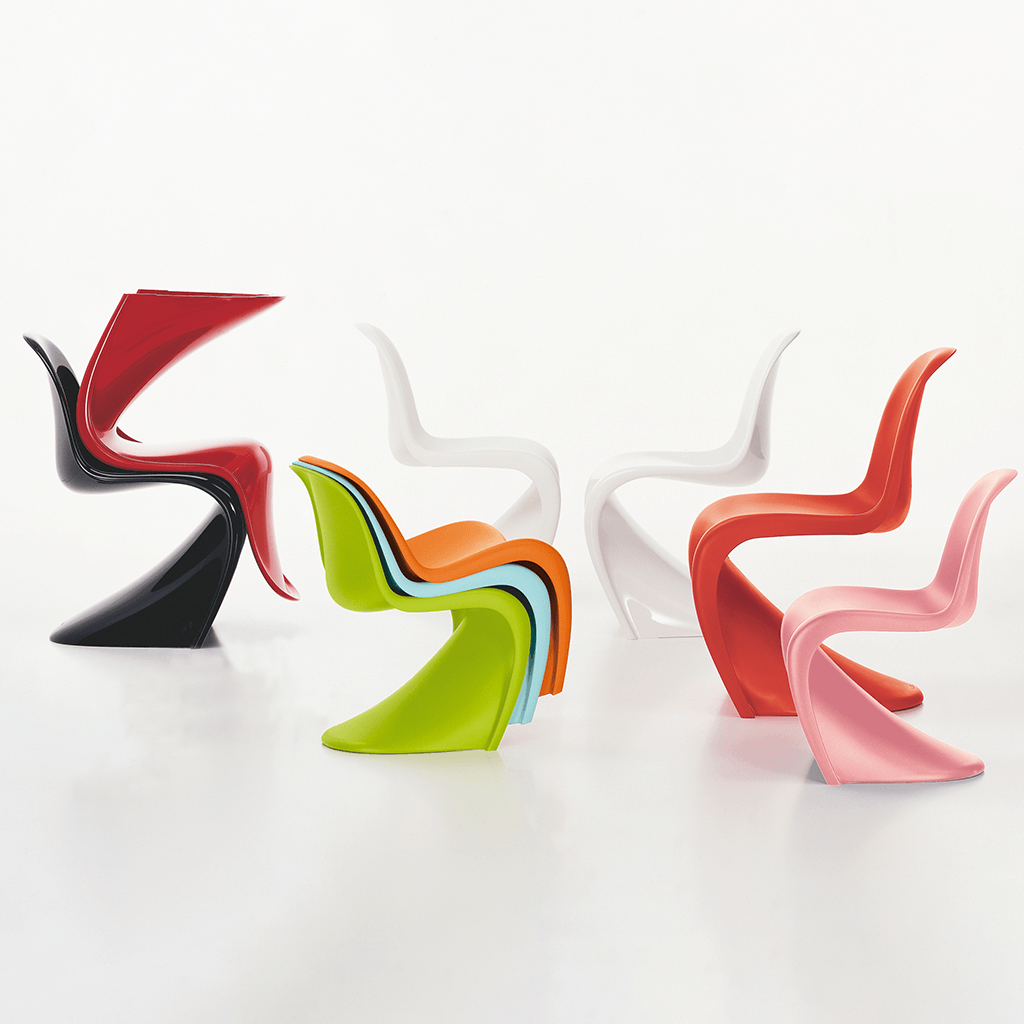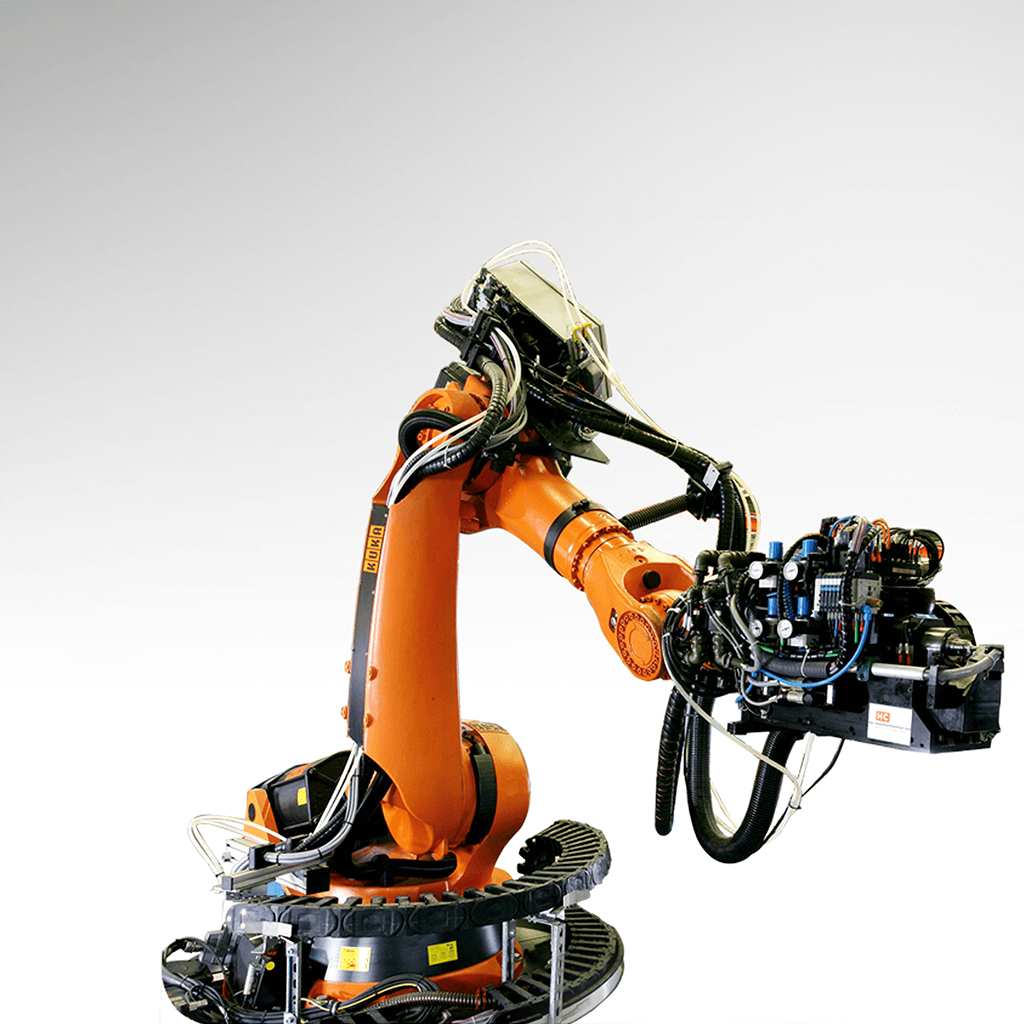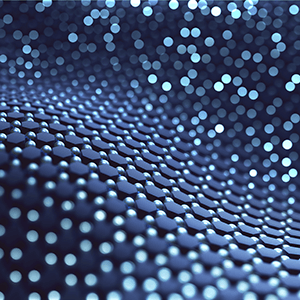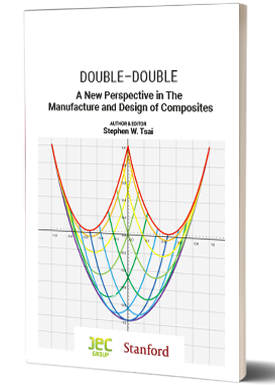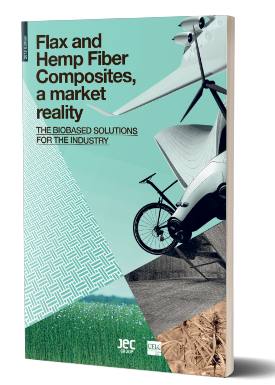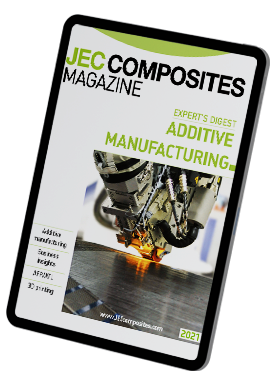Description
A new perspective in the manufacture and design of composites
DD enables homogenization that enables simplicity and robust manufacturing not possible with conventional laminates. With repeated 4-ply building blocks mid-plane symmetry is no longer needed. Ply drops in singles, not in symmetric pairs, placed at the exterior surfaces are easier to layup and prevent defects and wrinkles formed in the laminate interior. Resulting laminates will be tougher and will not warp. There are only two DD stacking sequences to be selected, not hundreds and thousands normally. Interlaminar stress from transverse loading will be the same for all homogenized DD laminates – making design and testing simple. Lightly loaded regions can be thinner that would reduce weight, cost and layup time. With pre-made DD non crimp fabric 1-axis layup is possible without cross-plying. Not only the layup speed can be 6 times faster than conventional methods, DD is less prone to error and visible ply drops make inspection continuous and simple. For design, trace can separate material from geometry factors. Such trace-based master ply stiffness and strength, independent of material factor, make optimization possible and practical. With such rational foundation, data generation may require only one laminate and one batch, not multiple laminates and multiple batches.
While several known mysteries remain to be solved DD has come just in time to replace conventional laminates that have so many self-inflicted complications making composites less optimal, more costly and overweight.
This new JEC Group publication, Double-Double: a new perspective in the manufacture and design of composites, written and edited by Pr. Stephen W. Tsaï, offers a credible challenge to well established, mostly empirical methods. In this book numerous insights and shortcuts can bring benefits of significant proportion. The goal of innovation is to simplify and demystify rather than to complicate. One constant for property or process is great because it can be used to scale. Conceptually simple, DD will take an open mind and dedication to fulfill the promises of the emerging composites started 60 years ago.
“For some time, we have been advocating the use of one parameter for stiffness in trace, one parameter for failure criterion by leveraging Nettles circle, individual ply drops instead of symmetric pairs, one-axis layup with no cross-plying, and one continuous layup without stopping for mid-plane symmetry. We are now advocating one test for interlaminar stress, one laminate for design allowable generation, and one of two stacking sequences for DD to reach homogenization the fastest, and more simplifications to come. All these steps that will make composites easier and lower cost to produce are enabled because of the homogenization of DD laminates. They are like orthotropic metals, but better than real metals because DD can have directional properties; DD can be tapered to save weight with which neither conventional and unconventional laminates, nor metals, can compete,” stated Steve Tsaï.
About the author
Pr. Stephen W. Tsaï
BE 1952, DEng 1961, Yale. Ford Motor, Washington University, US Air Force Materials Laboratory, Stanford University. Known for his Tsai-Hill failure criterion; lamination parameters with Pagano; Tsai-Wu failure criterion and strength ratios; Halpin-Tsai micromechanics formula; trace, master ply, omni envelopes, and unit circle failure criterion with Melo; double-double laminates; Lam search with Massard and Shah; metallic grid/[±60] CFRP skin for glueless assembly with Zheng, Wang, Kappel, and Jin. He is a member of the US Academy of Engineering since 1995.
About Stanford Composites Design Group
This group has been active in online training workshop on composites design since the early 2005. It has also published several books on design and manufacture of composite materials. One unique feature of this group is to waive the registration for the Composites Design Workshop fee of all graduate students. Hundreds have participated in this semi-annual workshops; the week of July 24, 2022, has been scheduled for the next one.
Price: 149 euros VAT excl. – 158 euros VAT incl. / Print only / 302 pages
TABLE OF CONTENTS
- Manufacturing opportunities in DD
- Foundation of DD
- Double-double laminates – unique manufacturing
- Preferred stacking for homogenization
- Optimization of a regional aircraft fuselage barrel by with re-designing with DD laminates
- Finite element simulation tool for optimal DD search using ABAQUS
- Interlaminar shear stress and failure of quad and double-double laminates
- Buckling optimization of DD
- Fully rationalized Tsai-Wu failure criterion for transversely isotropic materials
- Grid/skin structures
- Notched response of DD
- Certifiable general aviation structures in DD
- Case studies using Lamsearch and MicMac to find the best DD
The book was pre-launched during JEC World 2022, watch the round table to discover more about this publication and their authors: https://www.jeccomposites.tv/events/JEC-World/Highlights/cf5b5584ea.html
Publication date: June 2022








